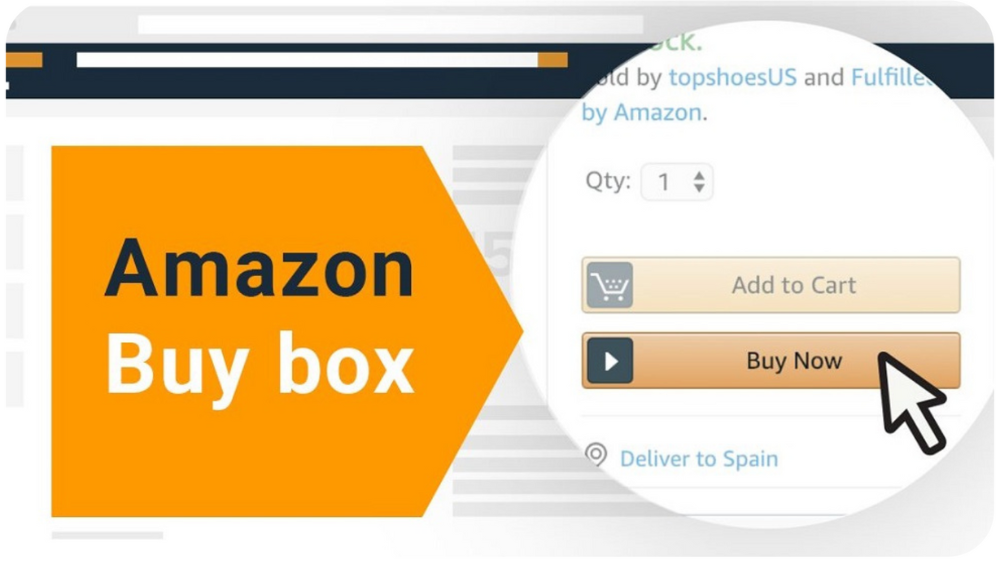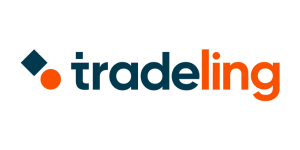Mastering E-Commerce Pricing Strategy UAE: A Data-Driven Approach for Sellers
In today’s fiercely competitive digital marketplace, developing a profitable and data-backed e-commerce pricing strategy UAE is critical for any seller operating in the region. Whether you’re a local retailer, a global brand entering the UAE market, or a seller onboarded on platforms like Amazon.ae or Noon, your ability to price products strategically determines your visibility, buy box dominance, conversion rates, and ultimately, profitability.
At Brick2Bytes, we operate as an extension of your team—bringing marketplace insights, performance data, and platform-specific knowledge to help clients craft winning pricing strategies. In this article, we’ll breakdown the UAE-specific challenges, share our proven U.A.E.M.I. model, and highlight the KPIs that matter—all tailored for sellers who seek long-term growth, not just short-term boosts.
The UAE E-Commerce Pricing Challenge: More Than Just Numbers
The UAE is not just another e-commerce market. It’s a rapidly evolving hub shaped by global cross-border sellers, diverse consumer segments, and fluctuating logistics costs. Sellers often make the mistake of underpricing to beat international competition or overpricing based on global MSRP, hoping premium margins will survive in a hyper-price-sensitive market. Both approaches are flawed.
According to the PwC Middle East Consumer Insights Survey (2023), over 70% of UAE shoppers compare prices before purchase—making price visibility the cornerstone of buying decisions. Additionally, 44% of Amazon.ae listings are from international sellers with inherent tax and cost advantages. On the Noon side, 65% of UAE consumers say they prefer buying from local sellers—but only if prices are competitive within a 10% range.
In other words: the price needs to be compelling, local, and strategically anchored to market behavior and operational realities.
Introducing the U.A.E.M.I. Framework: Your 5-Step Pricing Blueprint
To solve this complex equation, we’ve developed a tailored pricing model for the UAE marketplace—U.A.E.M.I.. This five-step process enables sellers to define sustainable, competitive, and conversion-friendly price points.
1. Understand Local Buying Behaviour
Data is your edge. Before assigning any price, dive into platform analytics: assess regional conversion trends, average order values, cart abandonment rates, and seasonality patterns. Platforms like Amazon Brand Analytics and Noon Insights are goldmines.
If you’re selling on both platforms, don’t miss our side-by-side analysis of Amazon.ae vs Noon to tailor your pricing expectations by platform.

2. Anchor to Cost Structures + Logistics Factors
Many sellers skip the math—and pay for it later. Start by calculating true cost per SKU, factoring in:
- 5% UAE VAT
- Import duties (if applicable)
- Platform commissions (Amazon FBA, Noon local commissions)
- Storage and last-mile delivery charges (especially for bulky or high-return items)
Want to choose a fulfillment partner wisely? Explore our comparison of last-mile delivery in Dubai to shape pricing with better cost predictability.
3. Evaluate Marketplace Policies and the Buy Box Algorithm
Amazon.ae and Noon don’t reward the lowest price—they reward the strongest total offer. This includes delivery speed, stock reliability, return policies, and seller ratings. An optimal price is one that supports visibility while maintaining seller-level KPIs that influence buy box success.
Learn more in our guide on how to win the Amazon Buy Box in 2025 with a price-performance balance.
4. Monitor Competitive Benchmarks Weekly
Pricing is not “set and forget.” Use tools like Helium 10, Keepa, or manual scraping to benchmark prices at the SKU level each week. Identify when major players drop prices—these could be triggers for a strategic promotion or bundling tactic based on your margin cushion.
If you sell on Noon, don’t overlook tools like Noon Seller Lab. Our Noon Seller Lab deep dive explains how to use its analytics to detect pricing opportunities before your competitors do.
5. Iterate Using A/B Testing and Conversion Feedback
Test and learn. Launch pricing variants (use .99 or .95 endings), split campaigns seasonally, or segment by delivery promise. Run A/B tests on identical products with small price variations to study the impact on conversion rate and cart abandonment.
Pair this with advertising? Read our guide to high-converting Instagram ad funnels and see how pricing alignment improves ROAS and cost per acquisition.
Avoid These Costly Pricing Pitfalls
Even the best brands fall into common traps. Here are some to watch out for:
- Global MSRP Copy-Paste: UAE pricing needs local adjustments. Simply importing foreign pricing can erode margin or spark negative price perception.
- Neglecting Overseas Competition: Track high-performing overseas listings on Amazon.ae. These sellers often undercut local offerings by 15–20% due to lower cost bases.
- Discount Dependency: Regular flash sales and deep discounts may spike traffic but weaken your brand equity and profitability over time. Focus instead on value-based pricing anchored in differentiation.
Pivotal KPIs for Long-Term Pricing Success
How do you know your pricing strategy is moving the needle? Focus on these three performance indicators:
- Buy Box Win Rate (%): Measures the frequency of your offer winning the default purchase spot—especially vital on Amazon.ae.
- Conversion Rate per SKU (%): Directly correlates to your price appeal and perceived value. Track spikes or drops after price adjustments.
- Gross Profit per Unit (%): Incorporate deductions like VAT, commissions, and shipping to ensure your margins support growth—even during promotional periods.
Recommended Next Steps for UAE Sellers
This is not theory—it’s your operational edge. We recommend UAE sellers initiate a pricing audit using our U.A.E.M.I. framework on their top 5–10 SKUs. Evaluate current pricing structures, competitor benchmarks, and platform-specific dynamics to build a roadmap for sustainable profitability.
Our team can assist in generating a competitive pricing analysis tailored to your vertical and platforms—both Noon and Amazon.ae. For a deeper partnership, explore our specialized Amazon Account Management services or integrated marketplace growth solutions.
Want to scale faster on Noon? Discover how we support with Noon Marketplace Management Services including pricing optimization, content alignment, and stock flow analysis.
Conclusion: A Smart Price Is a Strategic Price
In the UAE’s complex e-commerce ecosystem, price isn’t simply a number—it’s a message. It tells competitors how you position your brand, tells platforms if you’re playing for the Buy Box, and tells consumers whether or not they should click “Add to Cart.”
By implementing Brick2Bytes’ U.A.E.M.I. pricing framework, sellers can shift from guesswork to precision—offering prices that are not just competitive, but also profitable and platform-aligned. In a market where consumer behavior, international competition, and regulatory factors intersect, a dynamic and localized pricing strategy is no longer optional—it’s mandatory.
Schedule a free consultation with a Brick2Bytes expert today and receive a complimentary analysis of your current setup.








